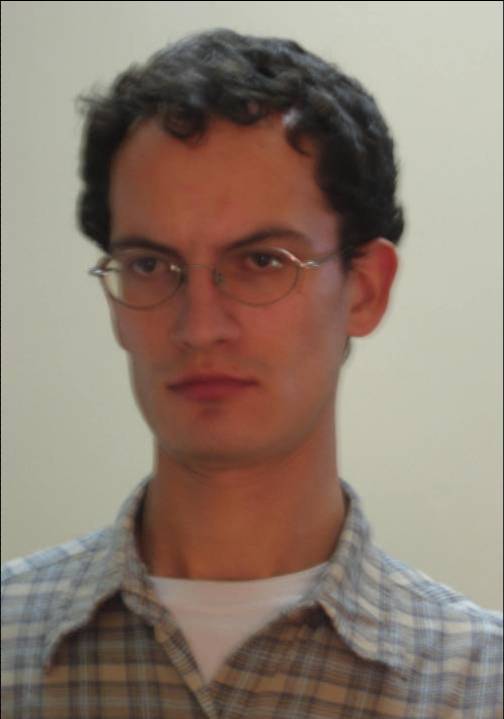Sunday, July 12, 2009
From Capital/Labour Dichotomy to Diversification of Capital Forms
Historically the cities that Marx and Engels have encountered in industrializing Europe were built on a dichotomous relation between labour and capital that in the structure of their respective ownership organized urban space in accordance with the power relations that followed from it. In other words, the transition from pre-industrial towns to industrial cities did have something do with with the emergence of capitalism. However, as capitalism has made a transition from capital-holder to share-holder power-structure the ensuing managerial revolution has apparently introduced new forms of capital into the traditional opposition between capital and labour. It seems that the position within a more general power structure of particular groups makes them into possessors of particular forms of capital able to find independent valuation. From this perspective even labour becomes a form of capital as an embodied capital, as from photomodels to CEOs to consultants it is more general relations of economic, cultural and social exchange that set the price point for the investment of effort that these groups make to claim return on their aesthetic, institutional or educational capital. Capitalism producing manual labour as wage labour, as it sunders self-sufficient communities out their sustaining relations, can apparently produce other forms of labour within the constantly changing relations of economic, cultural, social and political exchange. The explosion of forms of capital, as, for example, highly speculative capital of future home equity valuations exemplifies, foregrounds their sites of reflexive assembly. If industrializing capitalism found in shop-floors its foundational topos, post-industrial capitalism may have its spatial counterpart in spectacular urbanism of overnight neighborhoods. It is difficult to overestimate the role of information technology not only in commodification of economic risk over the last two decades, but also in self-reflexive assembly of old, new and improved forms of capital and its accumulation.
Subscribe to:
Post Comments (Atom)

No comments:
Post a Comment